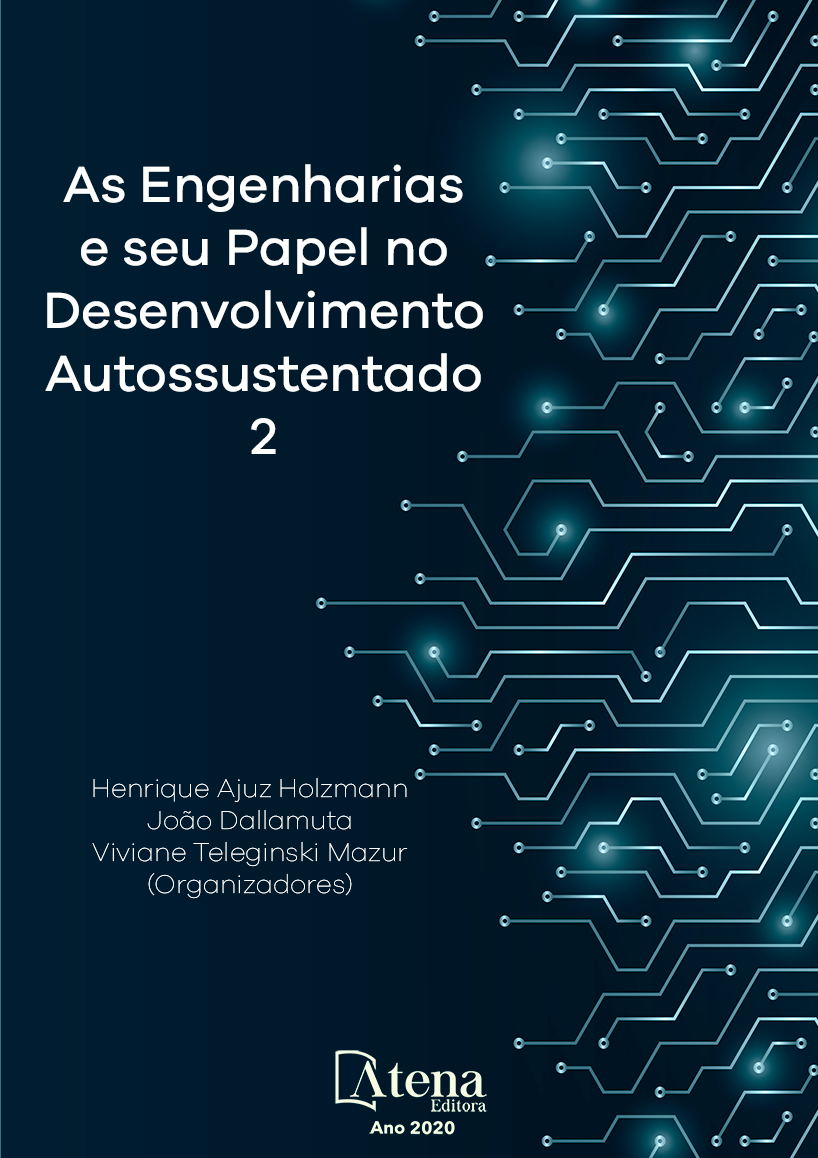
A BICICLETA COMO “NOVO” MODO DE MOBILIDADE EM LISBOA
Há várias décadas que a cidade é pensada em função do automóvel e pouco em função das pessoas que nela residem e trabalham. Nos últimos anos, em reação a este modo “carro-dependente” de fazer cidade, novas abordagens têm vindo a ser implementadas para reduzir a presença e o impacto que o automóvel nelas detém. Nova Iorque e Amsterdão, são algumas das cidades que adotaram a bicicleta como modo seguro e sustentável, de mobilidade urbana. Será sobre esta (r)evolução ciclável, a decorrer um pouco por todo o mundo, que este trabalho irá incidir. Proceder-se-á à apresentação de um enquadramento teórico sobre a temática e de um caso de estudo que retrata o processo de evolução da rede ciclável de Lisboa, entre 2000 e 2020, caracterizando-a quanto à sua classificação e tipologia. Desta forma, espera-se contribuir para a compreensão desta nova forma de pensar, desenhar e circular em Lisboa, mas também na maioria das cidades do século XXI.
A BICICLETA COMO “NOVO” MODO DE MOBILIDADE EM LISBOA
-
DOI: 10.22533/at.ed.4592029062
-
Palavras-chave: Bicicleta, Rede Ciclável, Mobilidade Urbana, Lisboa
-
Keywords: Cycling, Cycle Network, Urban Mobility, Lisbon
-
Abstract:
For several decades, the city has been designed for the car, and little for the needs of the people who live and work there. In recent years, in response to this “car-dependent” way of doing city, new approaches have been fulfilled to reduce the presence and impact that the car has on them. New York and Amsterdam are some of the cities that have adopted the bicycle as a safe and sustainable way of urban sustainable mobility. It will be on this cycling (r)evolution, taking place all over the world, that this work will focus. The research will proceed to the presentation of a theoretical framework on the subject and a case study that portrays the evolution process of the Lisbon cycling network, between 2000 and 2020, characterizing it in terms of its classification and typology. In this way, the paper hope to contribute to the understanding of this new way of thinking, designing and circulating in Lisbon, but also, in most cities of the 21st century.
-
Número de páginas: 19
- João Marrana
- Francisco Serdoura


